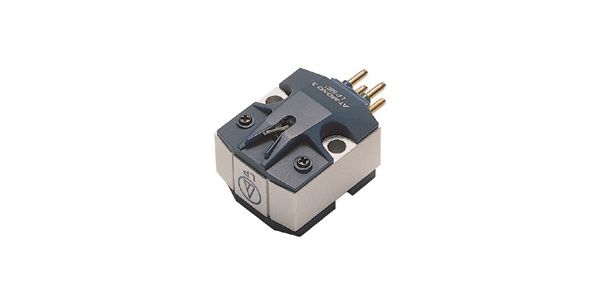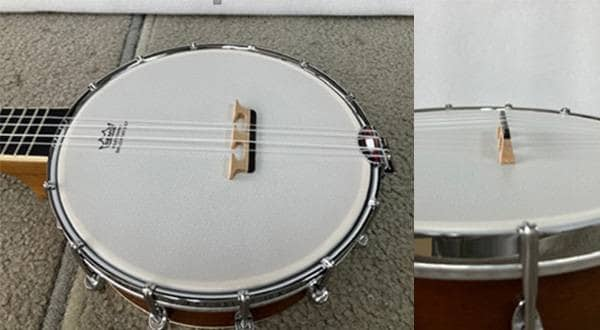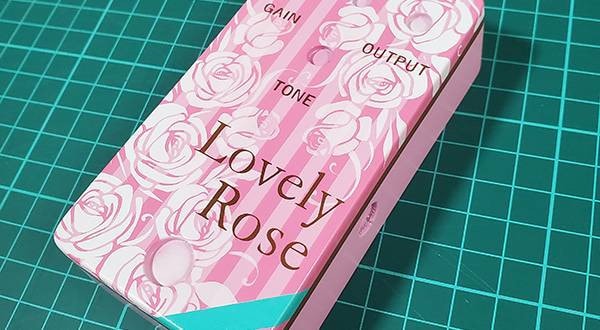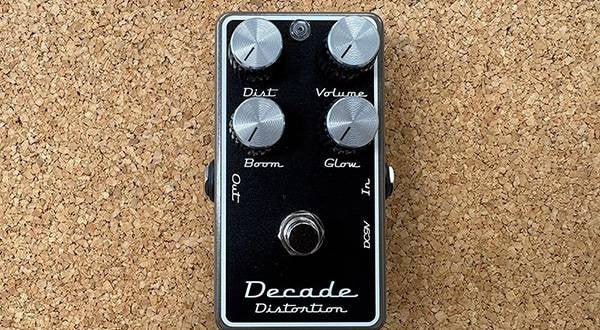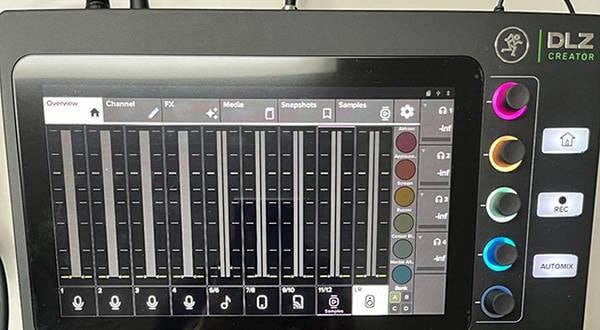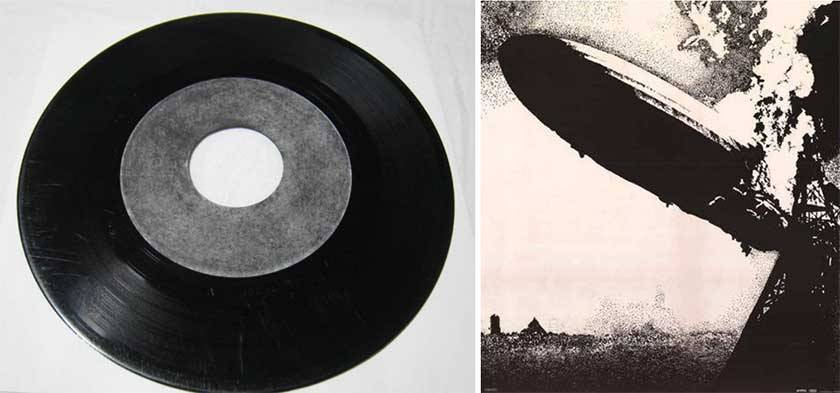
From this time, I’ve decided to start a blog about listening to rock and pop monaural records with monaural cartridges. In the 1960s, especially in the United Kingdom and the United States, there were many albums were released in both mono and stereo versions.
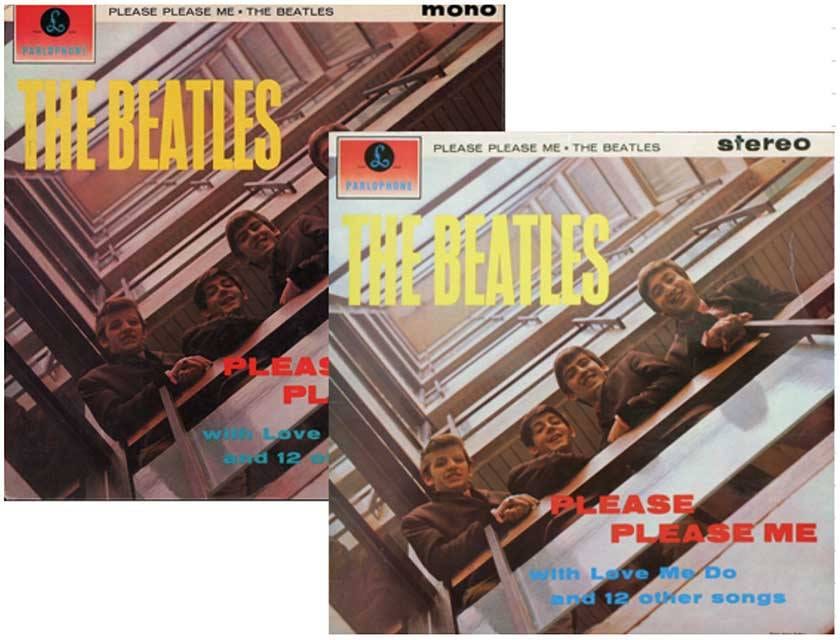
* The Beatles released both mono and stereo versions of albums from "Please Please Me" to "Yellow Submarine" in 1969 in the U.K.
On the other hand, most singles were recorded in monaural at this time. When played back on a stereo set, the monophonic record produces the same sound from both speakers and does not have the stereoscopic effect or expansiveness that can be heard on a stereo record, and it is often thought that the sound range is narrow. However, when you actually listen to it, you can enjoy a cool sound that is different from that heard on the stereo recording, such as a singing voice that resonates well, a rhythm band in the middle and low range that is felt directly with the body. Also, with the Beatles as the lead, depending on the song, there are many other deep discoveries other than sound quality, such as differences in performance and mix with stereo version. By the way, this blog series is about trying out monaural records filled with such charm. The Beatles Mono Records are also featured in many books and online. So, in this blog series, I would like to choose mainly those recordings that are rarely introduced. When playing the record, I think that you can enjoy the appeal of monaural sound more clearly if you listen to it with a monaural cartridge manufactured specifically for monaural reproduction. I enjoy listening by attaching a standard monaural cartridge on an AT MOMO 3 / LP from Audio Technica.
Well, that try to enjoy the monaural record packed with such charm, this blog series. For Beatles mono record, it has been featured in many books and net. So, I would like to chose to center what is less opportunity to be relatively introduced in this blog series. It should be noted that, at the time of playback, and listen in mono cartridge that is manufactured specializing in mono playback, I think that it can enjoy the charm of the monaural sound more pronounced. I have attached the AT MOMO 3/LP classic Audio Technica mono cartridge to players, enjoys listening.
Well, for the first memorable record, I'd like to listen to the first single released in the United States by Led Zeppelin. A side is "Good Times, Bad Times" and B side is "Communication Breakdown", both of which are from their 1st album. The time is 1969. The era gradually shifts from monaural to stereo, a transitional period so to speak. The 1st album was also released only in a stereo version.
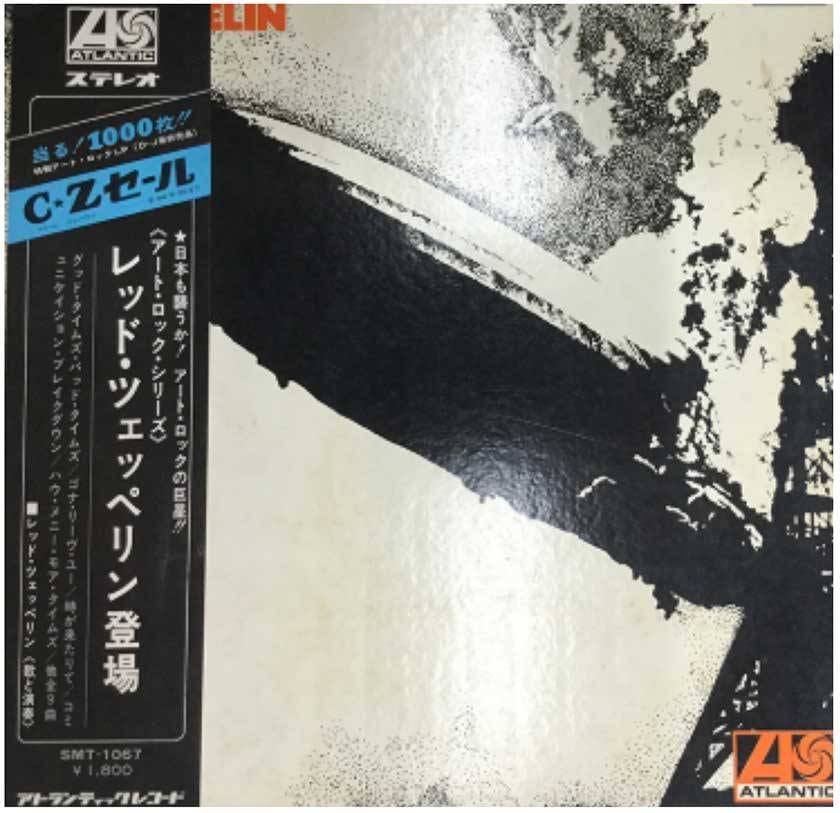
However, it seems that it was not uncommon in the UK and the US to release a monaural recording of the single.
* The Beatles' final monophonic single in England was "GET BACK" in 1969. This single was released in mono in United States.
I got this record at a good price because label was peeling. I can see this record is an original copy from the United States. I researched on web site and checked the matrix number marked in the inner groove.
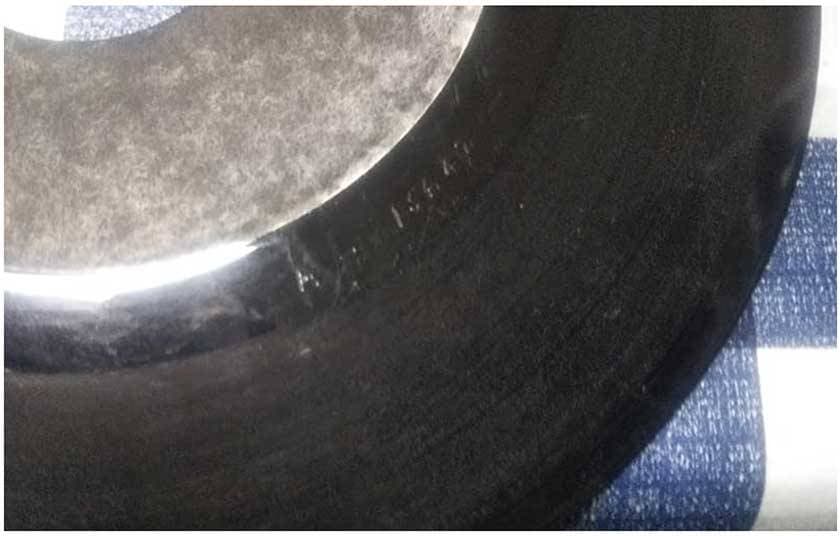
That’s why I judged this record is an original copy pressed in this ERA, but my research is only rough. But the most important thing is how it sounds! First, “Good times Bad times”on side one.

And I also checked another copy pressed in late ‘60s which was released by ATOCO records (One of the labels at Atlantic Records group.).
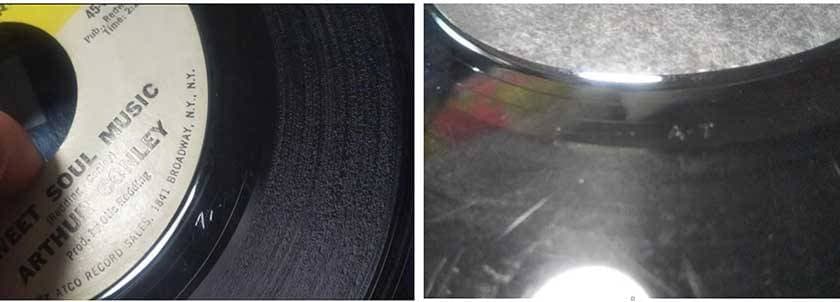
And both records marked letter “AT” in the inner groove (AT means ATLANTIC RECORDS?
And when I touch records, they almost feel the same.
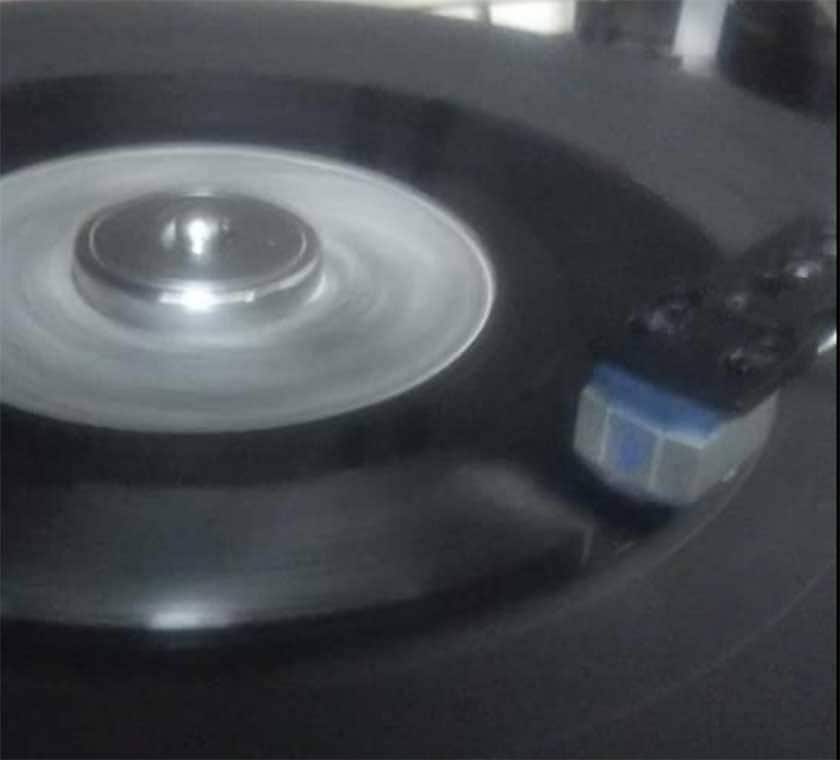
When the sound of John Bonham's drum kick was monaural, it felt like it resonated more strongly in my body. At the beginning of the vocals, the guitar and bass are monaural, so it seems like they are playing close together. The guitar solo you hear with the familiar stereo mix gives a really colorful impression as Jimmy Page pans left and right. On the other hand, the monophonic mix does not have that, so the psychedelic feeling of the stereo recording recedes. As a result, it feels like a straight rock that doesn't feel very trendy. But I think this is another fun mix to play with. The rough drumming of the latter half, which was heard in monaural, became even more intense in the monaural version and reminded me of Ainsley Dunbar's playing.
And "Communication Breakdown" on the B side.
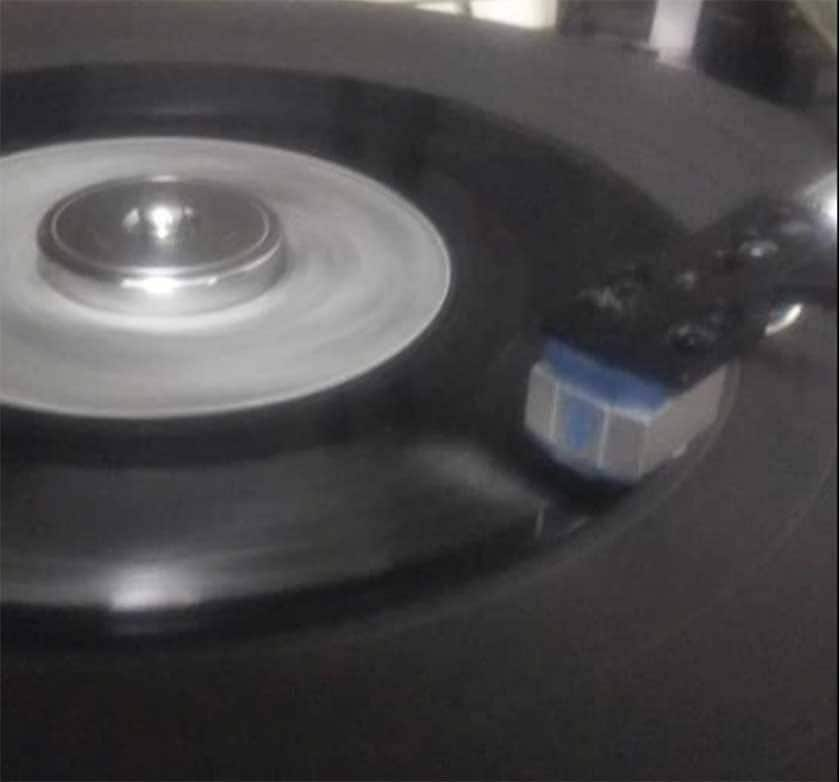
From the intro, this is a sound that attacks the bone with a thickness unique to monaural. This is exactly what a roar is! Especially after finishing the solo, the presence of the guitar that entwined with the roaring sound of the band was completely different from the stereo version, as if to compete with Robert Plant's dynamic vocals. The ending chorus does not have the "communication breakdown" (lol), but rather, it feels more like a beat group. It sounds like the gap between this chorus and Plant’s vocals, which scream and break down, further enhances the lyrics. Is this the kind of mix they wanted in order to convey the content of the lyrics better, with an awareness of being on air on AM radio? I'm not really that interested otherwise, but for this one song, I enjoyed the cool mix that made me think that I should buy a monaural cartridge.
So! I listened to the two Led Zeppelin Classics as monaural singles, and my Zeppelin fever was ignited for a long time.
However, I don't think that the sound of monaural recordings are superior to stereo in all cases. Zeppelin in stereo. Zeppelin in monaural. I want to enjoy both of them in the future.
So, this blog series introduces the fun of monaural records. Next time, I'd like to listen to a monaural single from the Carpenters, the eternal pop brother and sister. Are there any monaural records for the Carpenters? If you are thinking this, please look forward to next time! Back to MONO!






